Cross of the Captive
A curious carving hides on a marble column in the Mosque-Cathedral of Córdoba.
The famous Mosque–Cathedral of Córdoba is a visual showstopper and unique blend of Muslim and Christian architecture. Its hypostyle boasts a forest of exquisite columns capped by red and white double arches. Look closely at one of the marble columns, and you’ll notice it’s hiding a curious secret.
A small, crudely drawn cross is carved into its black surface. Its age and origin are murky, giving rise to local legends about the person and circumstances who created the hidden marking.
According to one legend, the cross was created by a Christian man enslaved by the Moors during the time when Córdoba was the capital of the Caliphate of Córdoba. The man was supposedly chained to the column and used his fingernails to carve the iconic Christian symbol into the hard, unforgiving marble.
The most tragic version of the legend says the Christian man had fallen in love with a Moorish girl who had agreed to convert to Christianity for him. On the night of her baptism, she was captured, killed, and her body was thrown into the river. The young Christian man was taken into the Mosque-Cathedral and chained to the column, where he remained exposed and vulnerable to the public’s anger. When his captors realized the cross he had carved couldn’t be erased, he too was killed and dumped in the river.
The cross is still visible today, protected by a small iron grate and accompanied by an inscription that, roughly translated, reads, “This is the Holy Christ made by the captive by his nail.”
Legends aside, these types of marks are quite usual in many medieval buildings. Stonemasons left their marks, hidden in corners or placed just out of sight, in cathedrals and mosques throughout much of the Old World.
Know Before You Go
The cross is on a column near the entrance of the great Mosque-Cathedral of Córdoba (ask a staff member for help finding it). As you enter turn left, it's along the wall between the chapel of the rosaryarosary chapel of the epifany.

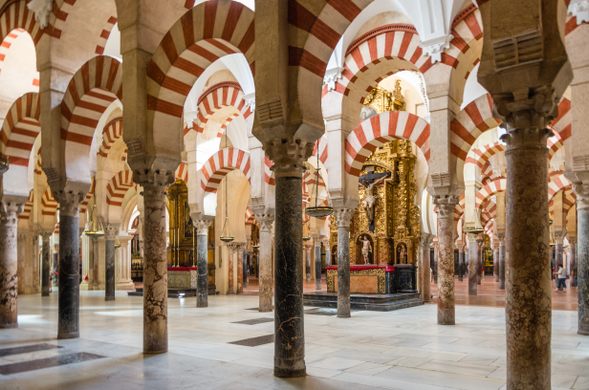
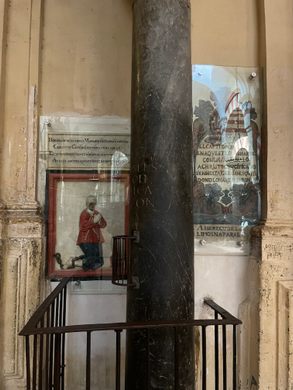
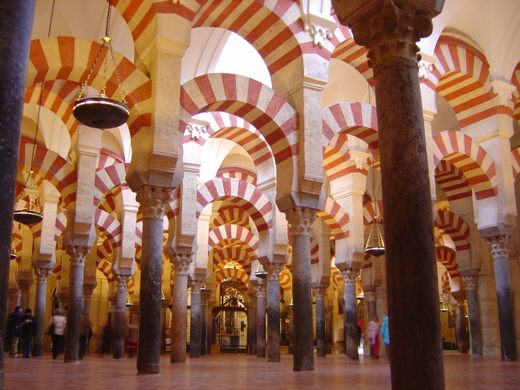
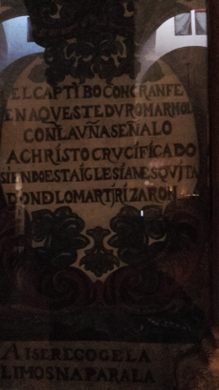
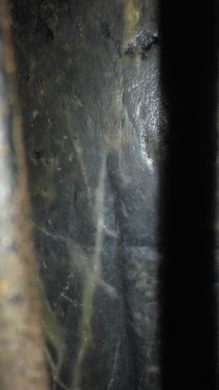
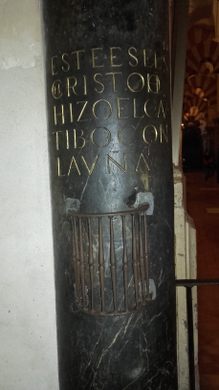
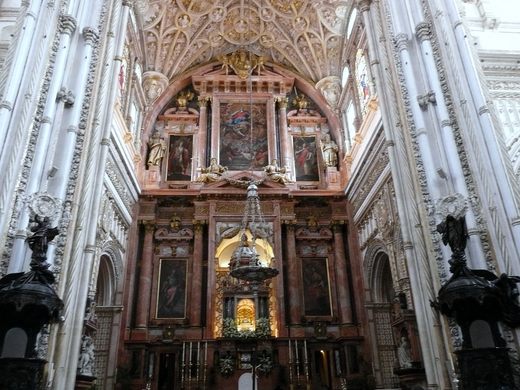






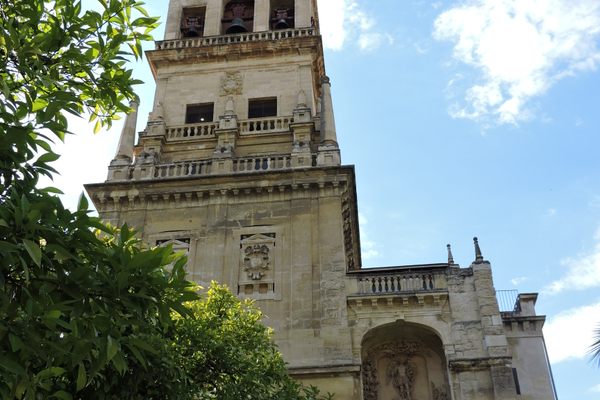
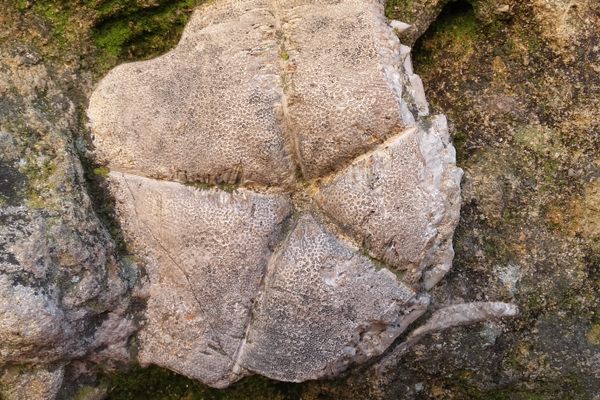
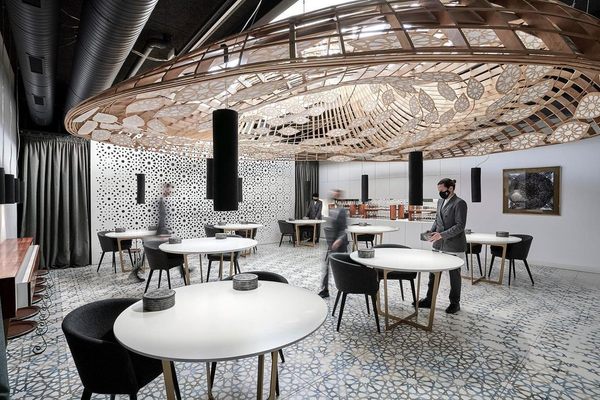

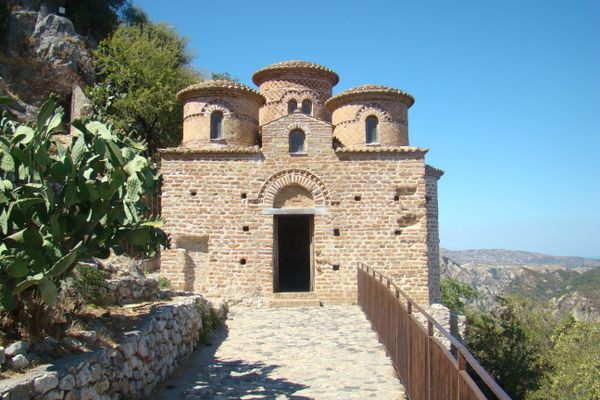
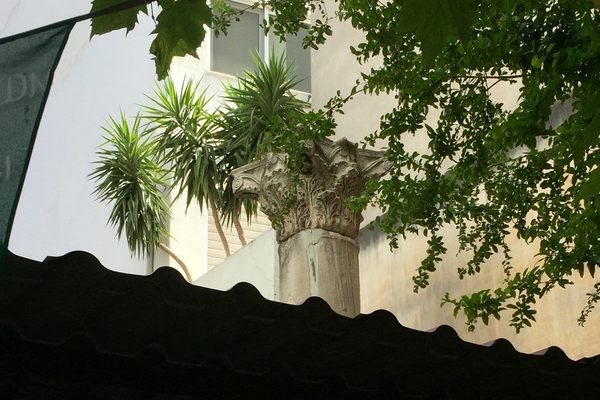



Follow us on Twitter to get the latest on the world's hidden wonders.
Like us on Facebook to get the latest on the world's hidden wonders.
Follow us on Twitter Like us on Facebook